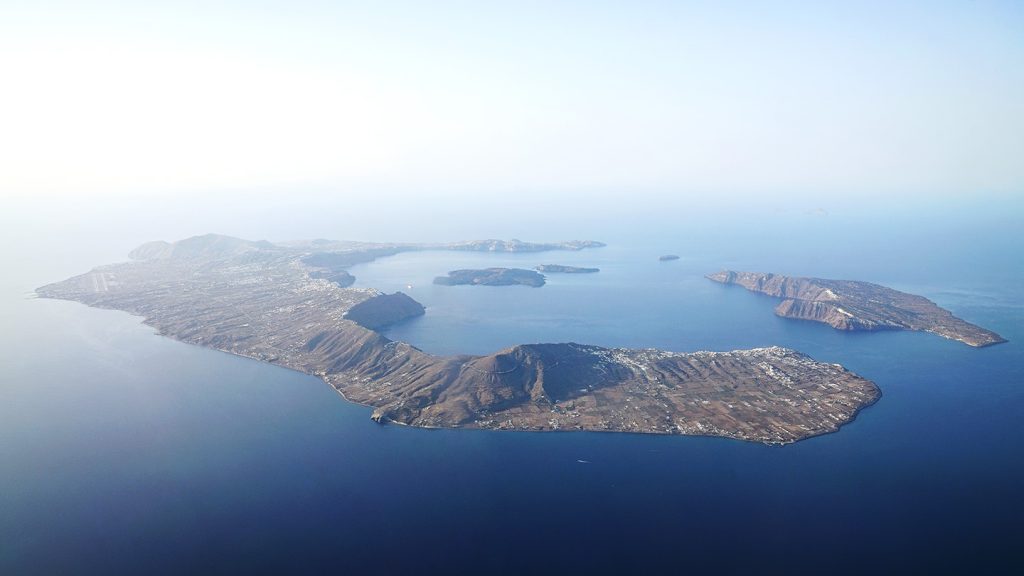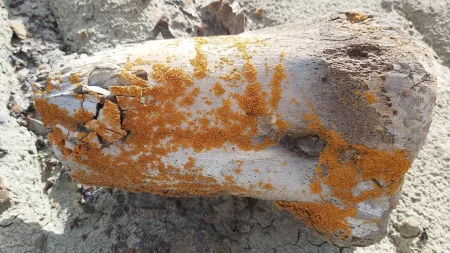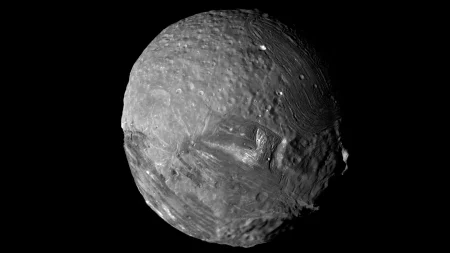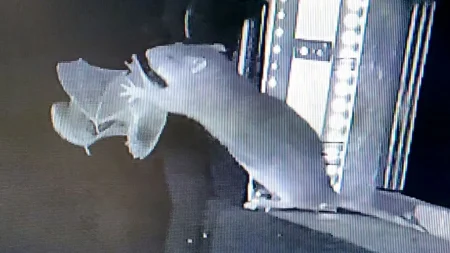Hidden Fire: Scientists Reveal Underground Magma Connection Between Ancient Volcanoes
A recent flurry of earthquake activity around Greece’s iconic Santorini Island has unveiled a remarkable discovery: a shared underground magma system connecting two historically devastating volcanoes. This finding, published in Nature on September 24, represents a significant advancement in our understanding of volcanic systems and their complex interactions beneath the Earth’s surface.
The research team, led by geophysicist Marius Isken from the GFZ Helmholtz Centre for Geosciences in Potsdam, Germany, analyzed seismic activity that occurred from June 2024 through February 2025. When over 1,200 earthquakes rattled the region in January, Greek authorities declared a state of emergency, fearing an imminent eruption. While no volcanic activity materialized, this intense period of seismic unrest provided scientists with an unprecedented opportunity to examine what was happening deep beneath the surface.
Santorini itself holds a legendary place in human history. Around 1560 B.C., it experienced a catastrophic eruption that likely contributed to the downfall of the Minoan civilization through devastating earthquakes, tsunamis, and possibly even a volcanic winter. Just seven kilometers northeast of Santorini lies the submarine Kolumbo volcano, which last erupted in 1650 A.D., causing its own share of destruction. Until now, scientists had not confirmed a direct connection between these two powerful volcanic systems.
By combining data from both land-based and seafloor earthquake monitoring stations with precise GPS measurements showing changes in land elevation, the researchers reconstructed a fascinating sequence of events. The story began in July 2024, when Santorini’s surface started to swell by several centimeters – a tell-tale sign of magma accumulation in its shallow reservoir. This initial swelling coincided with increased seismic activity centered around Santorini.
The real drama unfolded on January 27, when earthquake frequency surged dramatically. The research team observed a new swarm of earthquakes that migrated over several weeks, initially toward Santorini and then northeast away from the island. Simultaneously, GPS measurements revealed something unexpected – both Santorini and Kolumbo volcanoes appeared to be deflating, as if releasing pressure in unison.
This comprehensive picture of seismic activity and ground movement points to a common magma source feeding both volcanic systems. The evidence suggests that magma from a deeper crustal reservoir moves through shared underground pathways, influencing both Santorini and Kolumbo. The researchers describe this as the first definitive observation of a magmatic connection between these two formidable volcanoes.
The implications of this discovery extend far beyond the Aegean Sea. Other major volcanic systems worldwide – including those in Hawaii, Iceland, and Russia’s Kamchatka peninsula – may share similar interconnected plumbing systems. Understanding these relationships could dramatically improve volcanic monitoring and hazard prediction worldwide. As Isken and his colleagues emphasize, this study highlights the need for real-time, high-resolution monitoring networks to better interpret complex volcanic systems and provide more accurate eruption warnings in the future.















